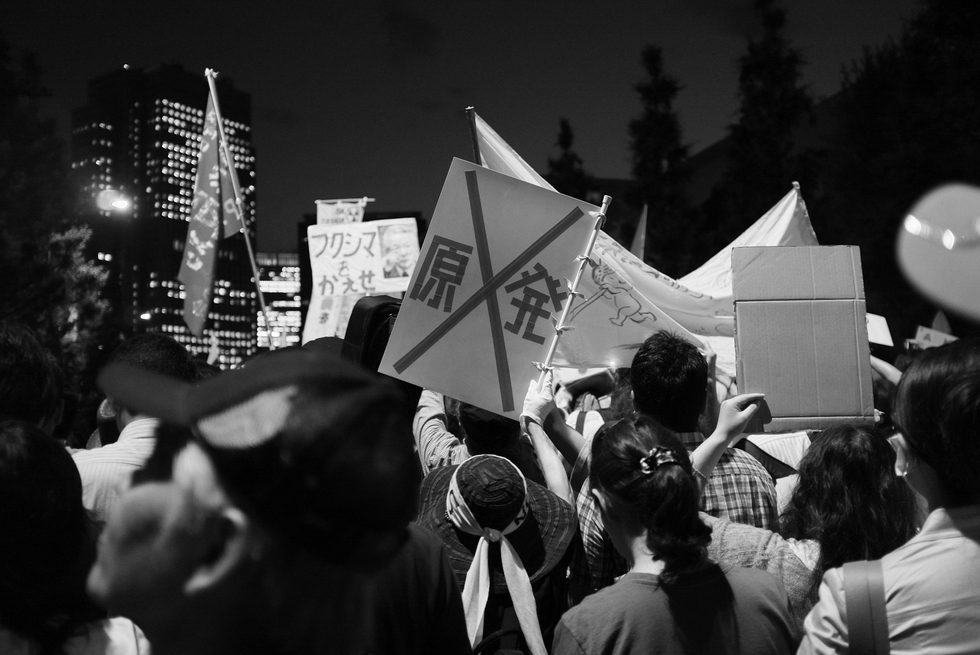Mapping Diffuse Anxiety
From the Series: 3.11 Politics in Disaster Japan: Ten Years Later
From the Series: 3.11 Politics in Disaster Japan: Ten Years Later

Mapping continues to reconfirm the criticality of space in the cruel happenstances of human life evidenced by the Triple Disaster that struck Tohoku Japan in 2011. Already perhaps the best mapped in history, a decade of frenetic remapping tracked the rapidly transforming disaster zones. Earthquake maps accumulated a decade’s worth of aftershocks following the original megaquake. Where tsunamis swept away whole communities, satellite images now picture new seawalls protecting residents from later tsunamis, or identify towns rebuilt on hills or raised ground. Radiation maps made way for maps demarcating complex evacuation zones now being gradually reclassified into zones opening to returnees. However, the acuity mapped a decade ago has blended into more diffuse anxieties. Mapmakers refocused on new disasters: another major earthquake in southern Japan, severe rainstorms, flashfloods, landslides, and, as of this writing, SARS-CoV-2. Scientists churn out colorful risk maps that are, being predictive, inevitably probabilistic and diffuse. Furthermore, mapping technology still fails to provide individualized maps pinpointing personally critical locations to augment the mental maps reconstructed daily by each resident from a bewildering variety of information sources, leaving a paradoxically diffuse but acute feeling of it-could/had-happen(ed)-right-here-now/then-and-what-could/did-I-do-about-it, a subliminal sense of dread for residents going about their lives in this disaster-prone nation. For anthropologists, ethnography should continue to survey personalized landscapes, given meaning by disaster, before they dissolve into diffusely anxious futures, especially the “landscape of ghosts” engendered by loss and remembrance, as well as landscapes of hope not yet physically realized, both visible only to those who were there at the time and now persevere to rebuild their lives and communities.
Read David S. Spague’s essay “Mapping Anxiety,” published July 26, 2011.